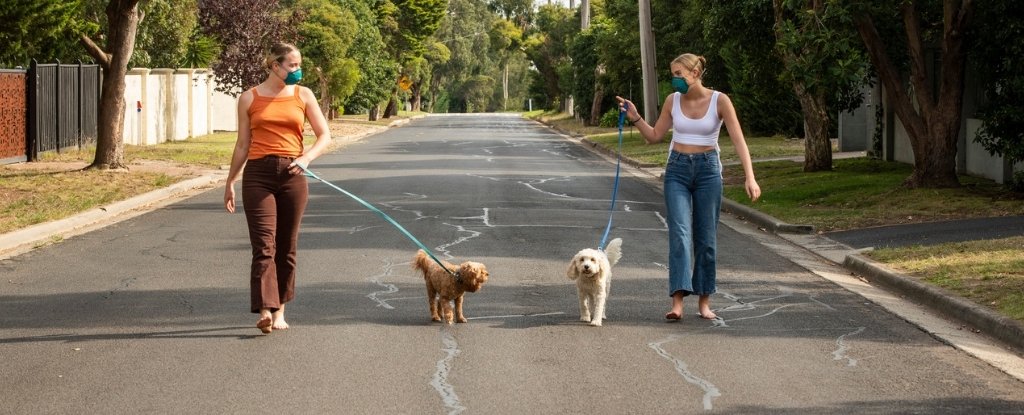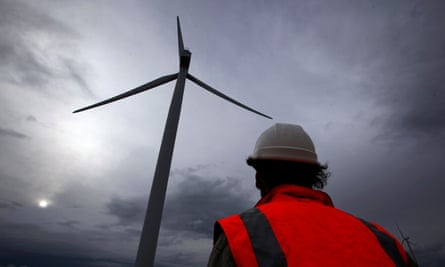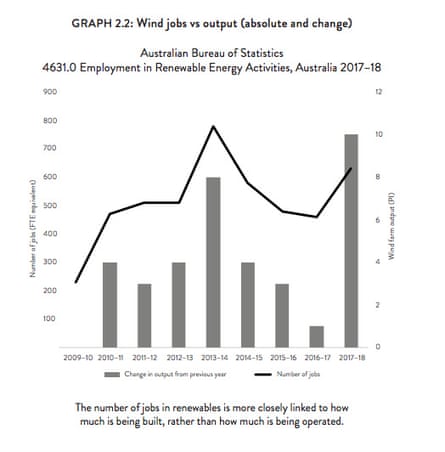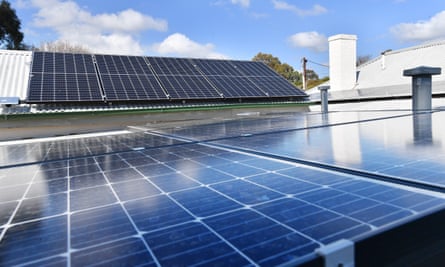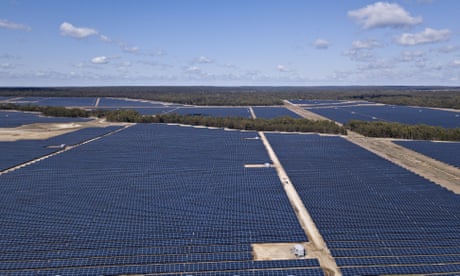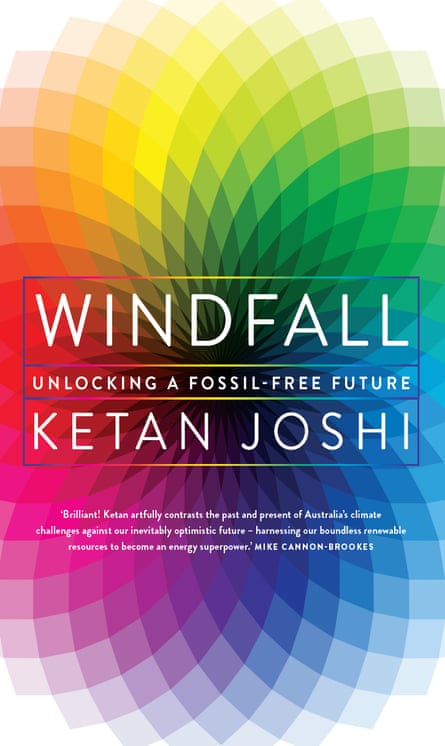Freeport Indonesia workers end protest at Grasberg
Reuters | August 28, 2020
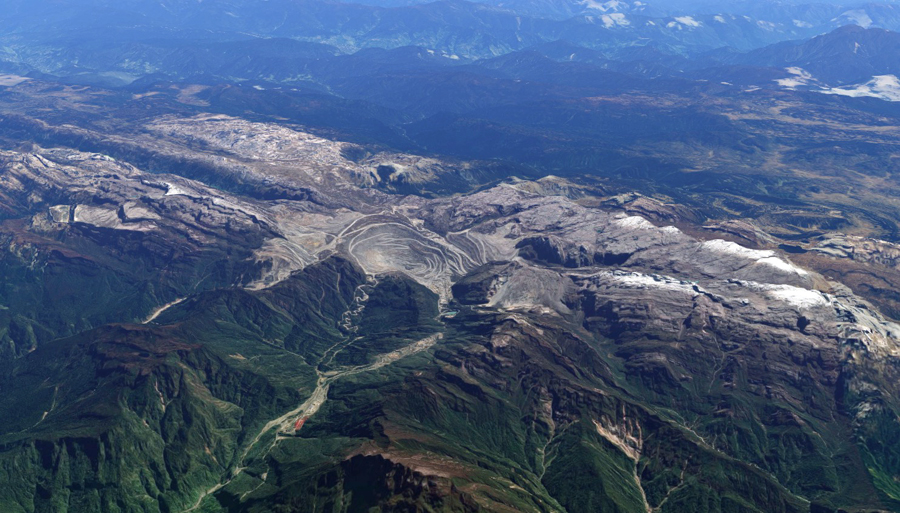
Grasberg mine on the island of New Guinea, one of the world’s biggest sources of copper and gold. (Image: Google Earth.)
Workers at Indonesia’s Grasberg gold and copper mine on Friday ended a protest demanding an easing of a coronavirus lockdown at the mine operated by a local unit of Freeport-McMoran Inc, a workers’ representative and the company said.
Mining operations were disrupted after protesters had blocked access to the world’s second-largest copper mine since Monday, calling on the company to resume a bus service to allow them to travel to a nearby town, and for a bonus payment.
Yonpis Tabuni, a workers’ representative, said by text message that all their demands had been met and the protest had ended.
FREEPORT EMPLOYS 13,000 PEOPLE IN TEMBAGAPURA, THE CLOSEST TOWN TO THE GRASBERG MINE
He shared a video showing workers opening up road blockades, partially shrouded by thick fog and rain, at the mine located at a mountain-top mining complex in the easternmost region of Papua.
“We have reached peace with the management,” said another worker who declined to be named, adding that the company had given them a written memo of the agreement. Freeport Indonesia confirmed on Friday the blockades had been removed after earlier saying the local government had given permission to ease lockdown restrictions.
Riza Pratama, a spokesman for Freeport Indonesia, said on Thursday the company and local government had agreed to ease curbs to allow workers to leave the mine area and visit the nearby town.
Local authorities would allow some workers to leave Grasberg each day after passing rapid test screening for the coronavirus, instead of the polymerase chain reaction (PCR) test, he said.
They would also need to pass a temperature check upon arriving at the nearby town. Pratama said 4,600 workers who had not taken any leave since April would be prioritised. Freeport employs 13,000 people in Tembagapura, the closest town to the Grasberg mine. Of those, 389 had tested positive for the coronavirus and all but 28 had recovered, Pratama said on Wednesday.
(By Agustinus Beo Da Costa, Fransiska Nangoy and Ed Davies; Editing by Martin Petty)
Freeport to ease lockdown in bid to end protest at Grasberg
Reuters | August 27, 2020

Grasberg copper-gold mine Papua province, Indonesia (Image: NASA)
The Indonesian unit of Freeport-McMoran Inc said on Thursday it would ease a lockdown at its Grasberg gold and copper mine after a protest this week by workers angry over not being able to leave the mountain-top mining complex for months.
Mining operations have been disrupted after workers have blocked access to the world’s second-largest copper mine in the easternmost region of Papua since Monday, demanding transport out of the mine resumes and to receive a bonus for working during the pandemic.
Riza Pratama, a spokesman for PT Freeport Indonesia, said the company and the local government had agreed to ease curbs to allow workers to leave the mine area and visit the nearby town, but had yet to reach an agreement with workers on the policy implementation.
FREEPORT EMPLOYS 13,000 PEOPLE IN TEMBAGAPURA, THE CLOSEST TOWN TO THE GRASBERG MINE
Local authorities were allowing some workers to leave Grasberg each day when they passed rapid test screening for the coronavirus, instead of the polymerase chain reaction (PCR) test, he said.
“They have to take rapid test when leaving, but there’s only a limited number of tests at a time and the number of buses is also limited,” he said. “That’s what we are trying to regulate now.”
The workers will have to also pass a temperature check upon arriving at the nearby town.
Pratama said 4,600 workers who had not taken any leave since April would be given priority, but a worker said the protest would go on until there was a written agreement.
“We will open the access only when we have the inter-office (memo) from the management in our hands,” said a worker who declined to be named for fear of repercussions.
The worker said a deadline had been set for 6 pm (0900GMT) for it to be issued, otherwise the protest would continue on Friday.
Freeport employs 13,000 people in Tembagapura, the closest town to the Grasberg mine. Out of these, 389 had tested positive for the coronavirus, with 361 of them now recovered, Pratama said on Wednesday.
(By Agustinus Beo Da Costa and Fransiska Nangoy; Editing by Ed Davies)


